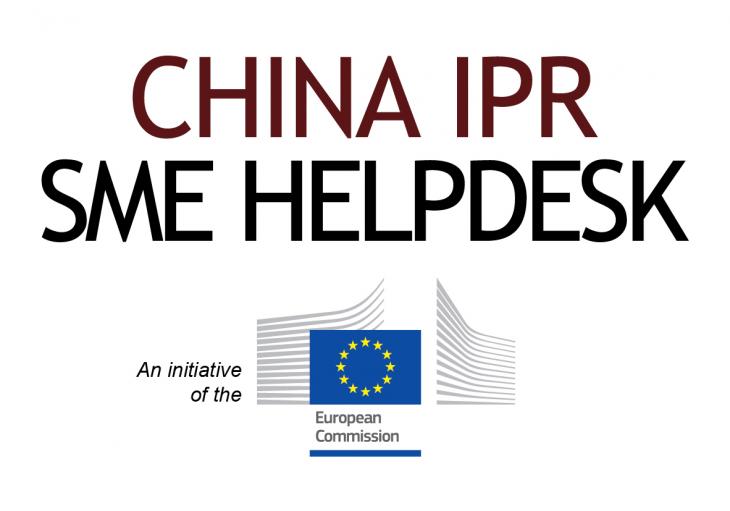IPR protection in China for the medical device industry - a case study
A European company in the dental instruments sector was selling their product in China through a Chinese distributor.
The company discovered a competitor in China was offering a similar, but lower-specification product, using an identical exterior design, colour scheme, and control interface.
The technical manual, diagrams and parts of the Chinese firm's brochure appeared in part to be directly copied from the European counterpart. Overall, the competitor’s product gave the appearance of being similar in function to that of the European company, although its performance level and price were much lower.
What actions did the European Company take?
The European company’s representatives had previously approached the Chinese company at a trade fair to complain about the infringement but had not received a positive response. The company thereafter sought legal advice but did not have a design patent to protect the overall shape of its product, nor were there any patents covering the product.
Trying to claim infringement of the product shape and decoration by relying on other legal grounds was possible, but the chances of success were poor. The only clear legal grounds were copyright infringement of the contents of the technical manual.
Instead, the company decided to send a warning letter through their local lawyers that alleged infringement of the product shape (even though the legal grounds were not strong) and copyright in the manual.
The letter implied that the company would take the matter to court. The law firm and representatives of the European company followed up the letter and met with the infringer to press them to stop their infringement.
The European company argued that a lawsuit would be wasteful for both parties, even if they were not successful, and that the Chinese competitor’s imitation of a European product would harm their own image in the long run.
As a result, the infringing company decided to change a number of exterior features of its product and produced new manuals and brochures which greatly reduced the similarities to the European product.
Although the European company did not have very strong rights, in this case, use of a warning letter followed up with determined negotiation was able to give a satisfactory result.
Lessons to take away
- The European company would have had an even better result if they had had design patent or other patents for their product in China, which would have given them clear rights over the product design. Therefore European SMEs should make sure that they register their IP rights as early as possible, to ensure maximum protection.
- Do not assume that litigation is the only way forward. Make use of the full IPR framework that exists in China to achieve you goals. You should also not assume that any legal action will be very costly.
- The use of warning letter can be a viable alternative to criminal prosecutions or civil litigation. Using warning letters combined with determined negotiations can, in some cases, lead to satisfactory results. Always enforce your IP rights. If you manage to create an image of being litigious or of always taking action, the infringers are less likely to infringe on your products and would simply move on to less litigious companies.
- Always enforce your IP rights. If you manage to create an image of being litigious or of always taking action, the infringers are less likely to infringe on your products and would simply move on to less litigious companies.

The China IPR SME Helpdesk supports small and medium sized enterprises (SMEs) from European Union (EU) member states to protect and enforce their Intellectual Property Rights (IPR) in or relating to China, Hong Kong, Macao and Taiwan, through the provision of free information and services. The Helpdesk provides jargon-free, first-line, confidential advice on intellectual property and related issues, along with training events, materials and online resources. Individual SMEs and SME intermediaries can submit their IPR queries via email (question [at] china-iprhelpdesk.eu ( )) and gain access to a panel of experts, in order to receive free and confidential first-line advice within 3 working days.
The China IPR SME Helpdesk is an initiative by the European Union
To learn more about the China IPR SME Helpdesk and any aspect of intellectual property rights in China, please visit our online portal at http://www.ipr-hub.eu/.
